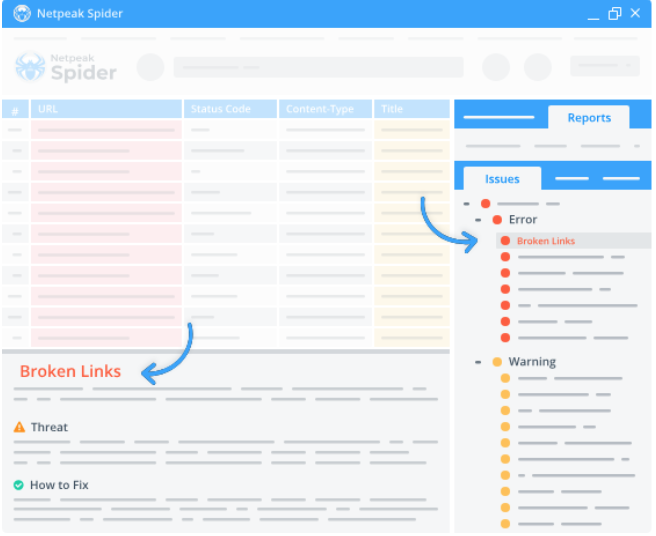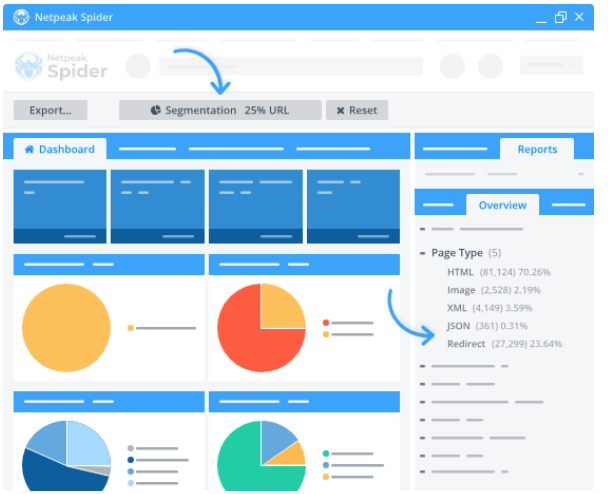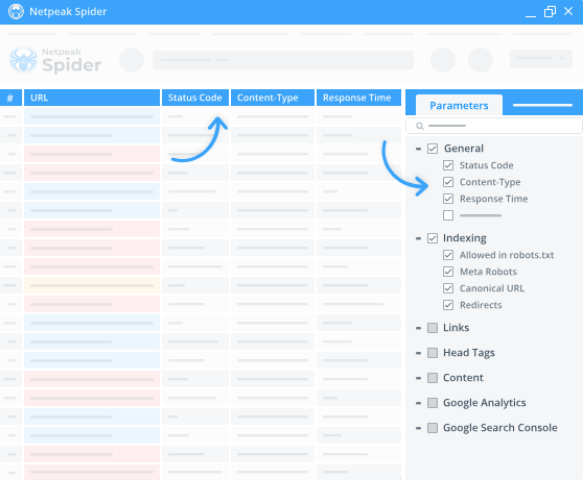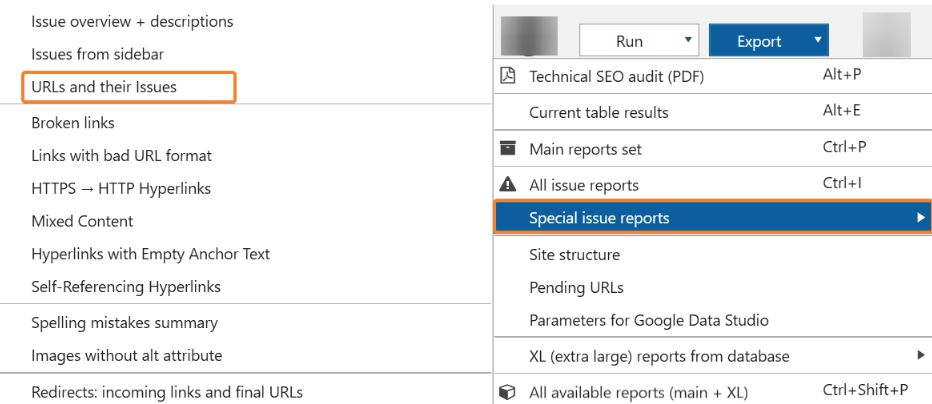Missing Viewport Meta Tag: What to Do?
Site Audit Issues
Content:
- What Is a Viewport Meta Tag?
- What Causes a Missing Meta Viewport Tag?
- How to Add a Meta Viewport Tag?
- How to Fix The Missing Viewport Tag with Netpeak Spider?
- Conclusion
The viewport meta tag allows browsers to adjust the page to be sized appropriately for different devices. Since smartphones have tiny screens, it’s necessary to tweak the meta viewport tag to make your website mobile-friendly. If you have the “viewport not set correctly” situation, mobile browsers usually render the page at an average width of a computer’s screen (980px). This can lead to content display issues and bad user experience.
In this article, we will dive into the meta name viewport meaning, the reasons for missing the viewport meta tag, and how to fix it with the Netpeak Spider tool. Discover more as you scroll.
What Is a Viewport Meta Tag
A viewport meta tag is a <meta> element in your website's <head> section. It adapts the website pages in HTML to different devices and helps smartphone users find the browsing area. If this tag is absent, your web pages won’t be designed for mobile device viewing. This may lead to issues like oversized or downsized fonts, vanished CTA buttons, and corrupted images. Even though it’s little, this meta tag can significantly improve your SEO. The HTML viewport mobile tag handles multiple device compatibility of your page without additional coding or design solutions.
What Causes a Missing Meta Viewport Tag?
The reason for the viewport metatag's absence is pretty simple: developers didn’t include it during your website creation. What is viewport in HTML after all? It’s the browser’s window area that reflects web content. And when the meta viewport tag isn’t added, your smartphone visitors can’t navigate the page smoothly.
How to Add a Meta Viewport Tag?
If a viewport meta element was not specified previously, you need to include it in the <head> section of the pages you’d like to scale. Just insert this tag:
<meta name=”viewport” content=”width=device-width, initial-scale=1.0″>.
The width=device-width part places device-independent pixels. By adding it, you ensure that the web page matches the screen’s width in pixels according to the device in use.
The initial-scale=1.0 function is to set a 1:1 connection between CSS pixels and device-independent pixels, regardless of the device's orientation. Additionally, the scalable value of 1.0 allows your web page visitors to zoom in and out.
How to Fix The Missing Viewport Tag with Netpeak Spider?
A regular SEO audit is at the core of website issue detection, including the forgotten viewport meta tag. Netpeak Spider comes in handy when you need a quick all-in-one crawler tool to ensure your website works perfectly. Here are some of the main features Netpeak Spider offers its users.
100+ Issues Detection with Prioritization
Netpeak Spider thoroughly evaluates your website’s technical issues, including broken links, duplicate pages, and wrong meta tags. Apart from this, our audit tool offers a comprehensive explanation of every visible issue, such as the potential risks, solution suggestions, and even a compilation of valuable links to gain more information. Additionally, our website crawler sorts out these issues based on severity and colors them for quick reference and simplicity.

Data Filtering and Segmentation for Large-volume Websites
Data filtering is a handy tool for crawling through large websites. Gain a complete understanding of your website’s data for more effective results by segmenting and focusing on specific site components. Use the filter function to analyze the parameters displayed on the dashboard. Add preferred filters for each segment by customizing filters or changing the overview data.

Manage the Crawl
Netpeak Spider allows configuring the crawling settings for a targeted SEO site audit. This enhances crawl speed and minimizes the use of RAM and processor resources. You can use the parameter-based search to analyze the key indicators promptly. You can also remove some pre-selected parameters if they are irrelevant. Besides, it’s possible to synchronize the results table with the needed statistics effortlessly.

Export Audit Results in the Way You Want
Once the crawl is finished, you can export issue reports in various formats, such as CSV, XLSX, PDF (which you can easily upload to Google Drive), or even Google Data Studio SEO dashboard. Besides, you can compel special issue reports on specific problems. Simply press on the Export button and choose the preferable settings.

Conclusion
The viewport is the visible area of a web page, which changes from device to device. You can deal with various screen sizes by manually setting a viewport meta tag. A viewport meta tag allows your website to handle multiple devices. Basically, all you need to do is insert this meta tag <meta name=”viewport” content=”width=device-width, initial-scale=1.0″> into the page header.
Generally, there might be a lot of tiny technical issues in the website’s SEO. It’s hard to keep all of them in mind as well as check every issue manually. Luckily, there is no need to waste your time! A website crawler Netpeak Spider will do the work. Get your website audit now to eliminate issues on time.



.png)
